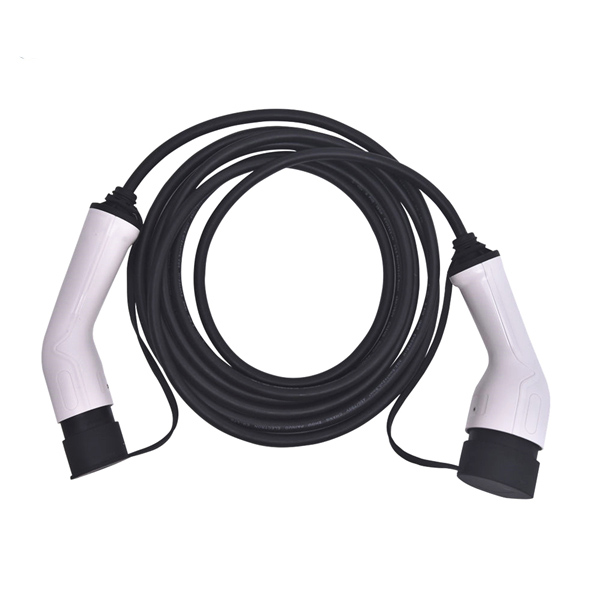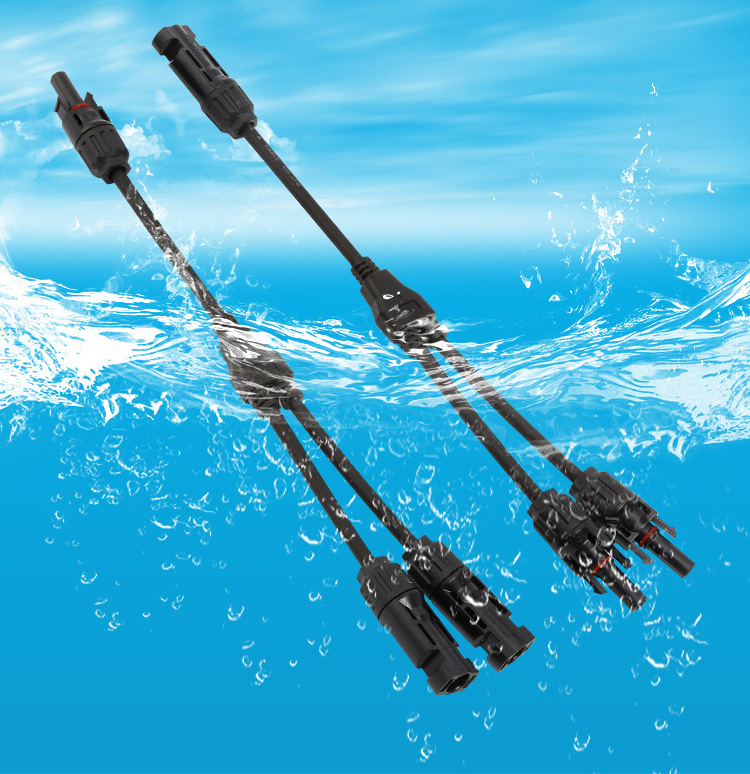Every product is carefully selected by our editors. If you buy from a link, we may earn a commission.
Just buy an EV? Most of your charging will happen at home Home Level 3 Charger

If you’re considering buying an electric vehicle, you should know that the most convenient way to charge it is at home. Roughly 70 to 80 percent of EV drivers charge their cars where they sleep, letting them fill up overnight instead of waiting at a public charging station. As more EVs hit the market, there are more options for a home Level 2 charger (a device that requires a 40-amp circuit to wire into) than ever before. Many of them include a lot of bells and whistles. Do you need them? Will you use them?
It depends on what kind of experience you want. If you’re looking for a “set it and forget it” deal, there are some decent options. If you want to manage just about every aspect of the charging experience, you’re also in luck. Here’s a guide on what to look for when shopping for a Level 2 home charger and our picks for the best ones you can buy.
Potentially, yes. The Inflation Reduction Act extended a federal tax credit for installing a home Level 2 EV charger through 2032. Taxpayers can claim a refund for 30% of the hardware and installation costs (capped at $1,000). Note that the tax credit is nonrefundable. So it can offset taxes owed but cannot be used to give you a tax refund.
Tesla uses its own outlet, NACS. Most other manufacturers use CCS (J1772). Nissan still uses a CHAdeMO plug for the Leaf. Most non-Tesla EVs currently use CCS. Though Ford, GM and several other manufacturers plan to convert to NACS by 2025.
Level 2 EV chargers offer different charging speeds, which is largely a product of how much amperage they can draw. The higher the amperage the higher the speed. But higher amperage units are likely to cost more. You're also limited by your circuit breaker. The National Electrical Code requires a circuit to be rated for 25 percent more amperage than the charger's output. So a 50-amp outlet can also support a 40-amp Level 2 EV charger.
Before you buy a Level 2 charger, you’ll need to make sure that you can install it in a place where the cable can reach your electric vehicle’s charging port. A longer cable gives you more flexibility on where to place the charger. Most chargers come with a cord of 18 ft, but some can stretch into the mid-20s.
Smart features on your Level 2 charger will cost more. But some of the features may be worth the price. Being able to monitor your Level 2 charger from a Smartphone can allow you to monitor your charging session, schedule charging windows, and determine how much you spend each time you charge.
To protect your home’s electrical system, you should ensure that the charger you’re buying has the certifications for safety and electrical soundness. A UL certification means that your Level 2 charger meets OSHA and National Electrical Code standards. The EPA will also give chargers ENERGY STAR certifications for meeting specific efficiency standards.
The National Electrical Manufacturers Association (NEMA) provides a rating scale for how well electrical equipment can protect itself from the elements. Most Level 2 chargers straddle the line between NEMA 3 and 4 on the rating scale, which gives them varying degrees of protection from dust, debris and light water. NEMA 4 and 4X-rated chargers provide better protection against water seeping in and corroding your charger from the inside out, but it’s not always 100 percent effective.
Installing a Level 2 EV charger can be straightforward or complex and expensive. A higher amperage unit may charge your car more quickly. But it may need to be hardwired into your electrical system at an additional cost. Adding a 240V outlet if one is not accessible from your garage or carport can also add to the cost.
The 40- and 48-amp Wallbox Pulsar Plus Level 2 chargers come with many features that make them one of the best overall options on the market. A power-sharing function lets multiple units split power between charging multiple EVs without overloading your home’s electrical system. You can also manage power output, charging schedules and more remotely through the Wallbox app.
If you’re looking for a lower-maintenance option, Grizzl-E may be the way to go. Depending on the option you choose, it’s configurable to 16, 24, 32, and 40 amps of maximum current output. It also touts protections against overheating, as well as self-recovery and power outage recovery.
On the higher end, EV charging giant Chargepoint offers a home option that it claims can fill up your car at an average of nine times faster than the rest of the field. With the company’s app, you can set charging schedules, see your charging data, and integrate your Amazon Alexa device to start charging by voice command.
Mustart's 40-amp Level 2 EV charger is one of the best value units on offer. It offers super-fast 40-amp charging — about 2.5 times faster than a 16-amp Level 2 charger — without jacking up the price. It has a digital display with several different data points in addition to LED indicators. It has IP67 waterproofing and for the EV connector, and it's IP65 rated for the control box. Mustart backs it with a two-year warranty.
Also available in 40- and 48-amp configurations, the Juicebox 40 can be adjusted down to 6 amps. The smartphone app allows you to keep track of stats like energy usage and charging times and take advantage of cheaper rate windows from your utility. But it does lack the data to tell you just how much you’re spending on charging.
The Lectron 32-amp charger represents one of the higher-quality options for a relatively bargain price. There’s no Wi-Fi connectivity (you’ll have to shell out more cash for that luxury), but it comes with a display screen that displays things like amperage, temperature and voltage. 32 amps is the max setting, which can be adjusted down to 10 amps.
Many Level 2 chargers will come with a NEMA 06-50 or 14-50 plug. The 14-50 plug is the type used for heavy appliances. So, if you have one that isn’t being taken up by a washer or dryer, you can install a Level 2 charger yourself by mounting it on the wall.
But if you have a high-amperage model, then you’ll want to have it hardwired into your house’s electrical system so that it can regulate its output and self-manage so it doesn’t trip the circuit breaker. That will require a certified electrician. Estimates differ based on amperage, your home’s setup, and location, but the installation cost could run up to around $1,000.
The most straightforward way to get a Level 2 charger for a Tesla is to buy the company's Wall Connector, which now retails on Amazon and other outlets for $475. Note that that does not include installation costs.
Tesla also plans to offer maximum connectivity with a new Universal Wall Connector compatible with both NACS and CCS plugs. That charger will let owners charge multiple types of electric vehicles and include Wi-Fi compatibility allowing owners to schedule charging through the Tesla app. It won't be available until October 2023, but Tesla is taking pre-orders.
If you choose to take the aftermarket route, you’ll need to be on the lookout for chargers that use NACS or are adaptable. You can purchase an adapter to use with another CCS charger. For universal Level 2 chargers, you may want to look into a Lectron Level 2 charger, so long as you have a 32-amp plug that can support its Level 2 capabilities. Or you could look into the Chargepoint Home Flex charger, which will require an electrician to install.
Chevrolet: The Bolt and Bolt EUV won't be around much longer. But if you buy or lease a 2023 model, Chevy will cover the standard installation and permit costs for a Level 2 charger.
Mazda: includes a $500 credit with the purchase or lease of a 2023 Mazda MX-30 that can go towards public Chargepoint stations or the Home Flex Level 2 charger.
Subaru: Subaru partnered with Qmerit to offer 2023 Solterra buyers and reservation holders a $400 credit toward the purchase and installation of a Level 2 charger.
No, you can't use an extension cord with a Level 2 EV charger. Electric vehicles draw more power than typical household appliances. They use heavier-duty cables to handle the increased charge. Using a typical extension cord risks the cord overheating and catching fire.

Electric Home Charger Yes. Most EV manufacturers provide a Level 1 charging cable with the vehicle, which can be plugged into a standard 120V outlet. The major difference will be charging speed. The Level 1 cord may only add an additional 3-5 miles of range per hour of charging and require multiple days to deliver a full charge.